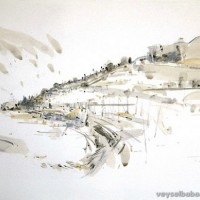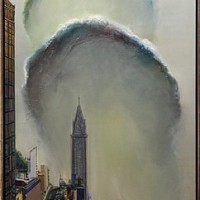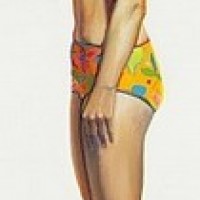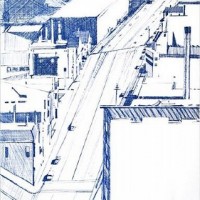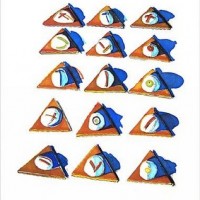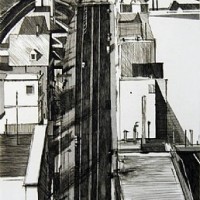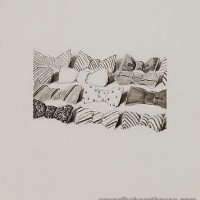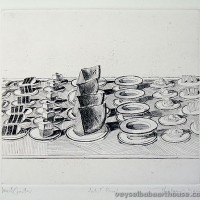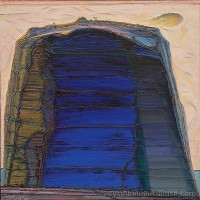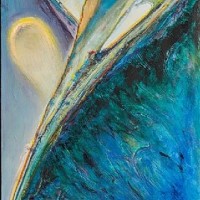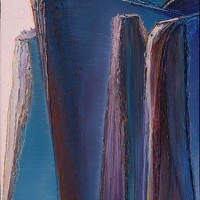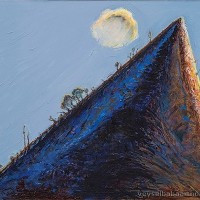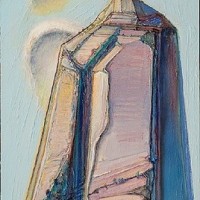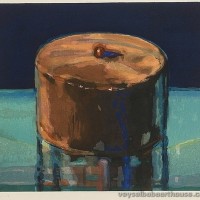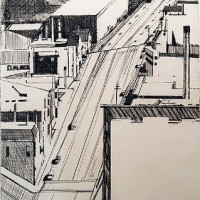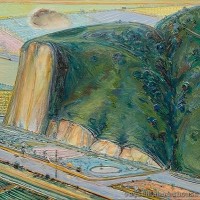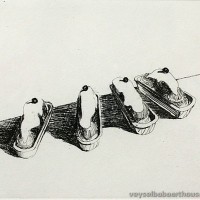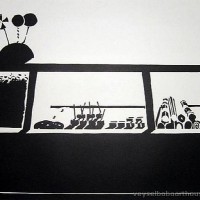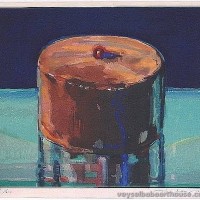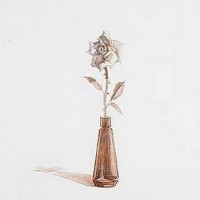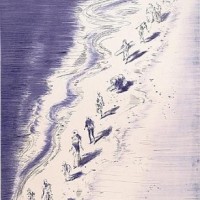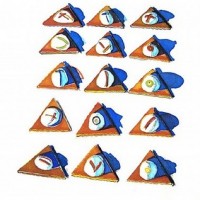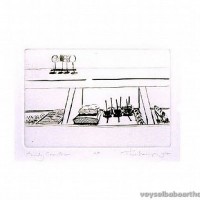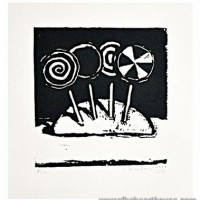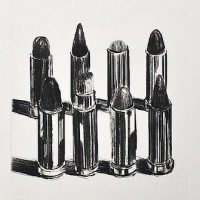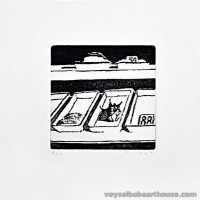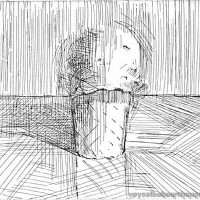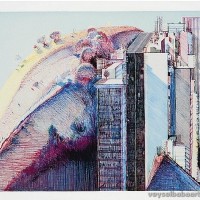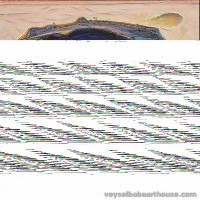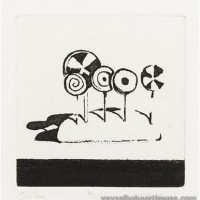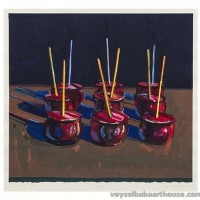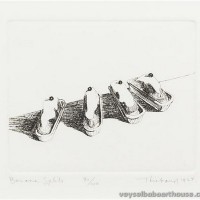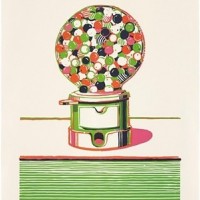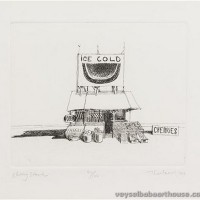- Home
- ABOUT US
- ABOUT VEYSEL BABA
- REDFOX ART HOUSE VIRTUAL TOUR
- MY LAST WILL TESTAMENT
- NOTES ON HUMANITY AND LIFE
- HUMAN BEING IS LIKE A PUZZLE WITH CONTRADICTIONS
- I HAVE A WISH ON BEHALF OF THE HUMANITY
- WE ARE VERY EXHAUSTED AS THE DOOMSDAY IS CLOSER
- NO ROAD IS LONG WITH GOOD COMPANY
- THE ROAD TO A FRIENDS HOUSE IS NEVER LONG
- MY DREAMS 1
- MY DREAMS 2
- GOLDEN WORDS ABOUT POLITICS
- GOLDEN WORDS ABOUT LOVE
- GOLDEN WORDS ABOUT LIFE
- GOLDEN WORDS ABOUT DEATH
- VEYSEL BABA ART WORKS
- SHOREDITCH PARK STORIES
- EXAMPLE LIVES
- ART GALLERY
- BOOK GALLERY
- MUSIC GALLERY
- MOVIE GALLERY
- Featured Article
- Home
- ART GALLERY
- Wayne Thiebaud
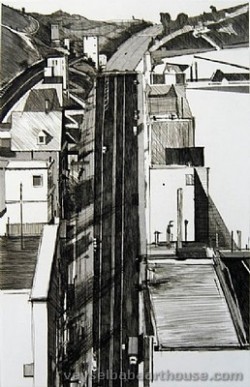
Wayne Thiebaud
Wayne Thiebaud (born November 15, 1920) is an American painter widely known for his colorful works depicting commonplace objects—pies, lipsticks, paint cans, ice cream cones, pastries, and hot dogs—as well as for his landscapes and figure paintings. Thiebaud is associated with the pop art movement because of his interest in objects of mass culture, although his early works, executed during the fifties and sixties, slightly predate the works of the classic pop artists. Thiebaud uses heavy pigment and exaggerated colors to depict his subjects, and the well-defined shadows characteristic of advertisements are almost always included in his work.
Early life and education
Thiebaud was born to Mormon parents in Mesa, Arizona, United States. His family moved to Long Beach, California when he was six months old.[1] One summer during his high school years he apprenticed at Walt Disney Studios drawing "in-betweens" of Goofy, Pinocchio, and Jiminy Cricket at a rate of $14 a week.[citation needed] The next summer he studied at the Frank Wiggins Trade School in Los Angeles. From 1938 to 1949, he worked as a cartoonist and designer in California and New York. He served as an artist in the First Motion Picture Unit of the United States Army Air Forces from 1942 to 1945.[2]
In 1949, he enrolled at San Jose State College (now San Jose State University) before transferring to Sacramento State College (now California State University, Sacramento), where he earned a bachelor's degree in 1951 and a master's degree in 1952.
Early career
Thiebaud subsequently began teaching at Sacramento City College. In 1960, he became assistant professor at the University of California, Davis, where he remained through 1991 and influenced numerous art students. He continues to hold a Professor Emeritus title there. Thiebaud did not have much of a following among Conceptual artists because of his adherence to basically traditional disciplines, emphasis on hard work as a supplement to creativity, and love of realism. Occasionally, he gave pro bono lectures at U.C. Davis.
On a leave of absence during 1956–57, he spent time in New York City, where he became friends with Elaine and Willem de Kooning[1] and Franz Kline, and was much influenced by these abstractionists as well as by proto-pop artists Robert Rauschenberg and Jasper Johns. During this time, he began a series of very small paintings based on images of food displayed in windows, and he focused on their basic shapes.
Returning to California, he pursued this subject matter and style, isolating triangles, circles, squares, etc. He also co-founded the Artists Cooperative gallery, now Artists Contemporary Gallery, and other cooperatives including Pond Farm, having been exposed to the concept of cooperatives in New York.
In 1960, he had his first solo show in San Francisco at the San Francisco Museum of Modern Art, and shows in New York City at the Staempfli and Tanager galleries. These shows received little notice, but two years later, a 1962 Sidney Janis Gallery exhibition in New York officially launched Pop Art, bringing Thiebaud national recognition, although he disclaimed being anything other than a painter of illusionistic form.
In 1961, Thiebaud met and became friends with art dealer Allan Stone (1932–2006), the man who gave him his first "break."[2] Stone was Thiebaud's dealer until Stone's death in 2006.[3] Stone said of Thiebaud "I have had the pleasure of friendship with a complex and talented man, a terrific teacher and cook, the best raconteur in the west with a spin serve, and a great painter whose magical touch is exceeded only by his genuine modesty and humility. Thiebaud's dedication to painting and his pursuit of excellence inspire all who are lucky enough to come in contact with him. He is a very special man." After Stone's death, Thiebaud's son Paul Thiebaud (1960–2010) took over as his dealer. Paul Thiebaud was a successful art dealer in his own right and had eponymous galleries in Manhattan and San Francisco; he died June 19, 2010.
In 1962, Thiebaud's work was included, along with Roy Lichtenstein, Andy Warhol, Jim Dine, Phillip Hefferton, Joe Goode, Edward Ruscha, and Robert Dowd, in the historically important and ground-breaking "New Painting of Common Objects," curated by Walter Hopps at the Pasadena Art Museum (now the Norton Simon Museum of Art at Pasadena).[4] This exhibition is historically considered one of the first Pop Art exhibitions in America. These painters were part of a new movement, in a time of social unrest, which shocked America and the art world.
In 1963, he turned increasingly to figure painting: wooden and rigid, with each detail sharply emphasized. In 1964, he made his first prints at Crown Point Press, and has continued to make prints throughout his career. In 1967, his work was shown at the Biennale Internationale.
Wayne Thiebaud has been married twice. With his first wife, Patricia Patterson, he produced two children, one of whom is the model and writer Twinka Thiebaud. With his second wife, Betty Jean Carr, he had a son, Paul LeBaron Thiebaud, who became an art dealer. He also adopted Betty's son, Matthew.
